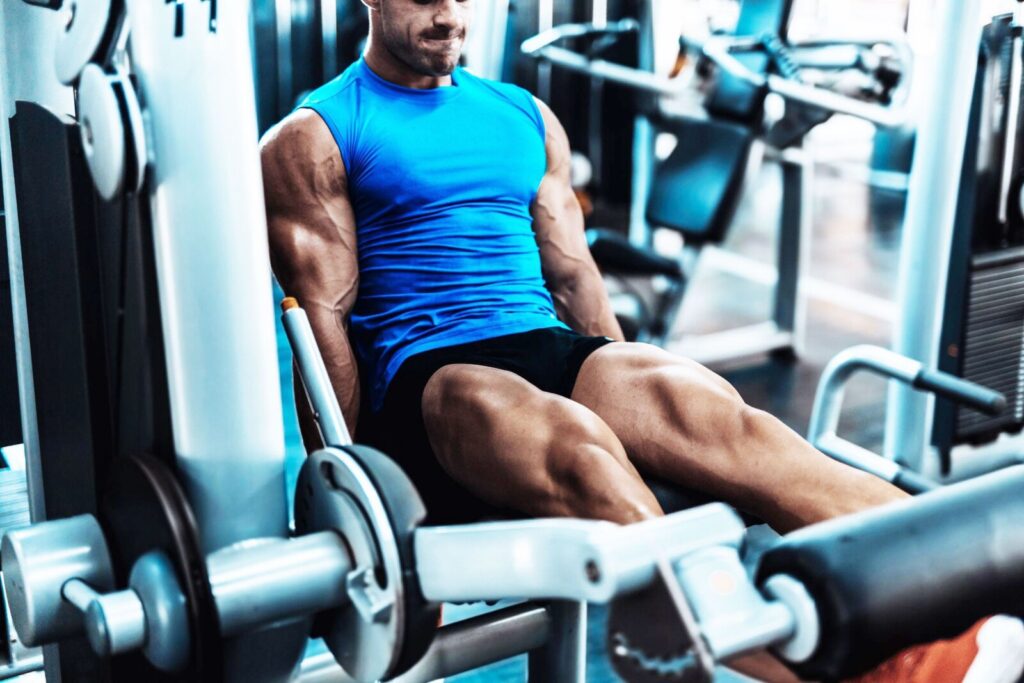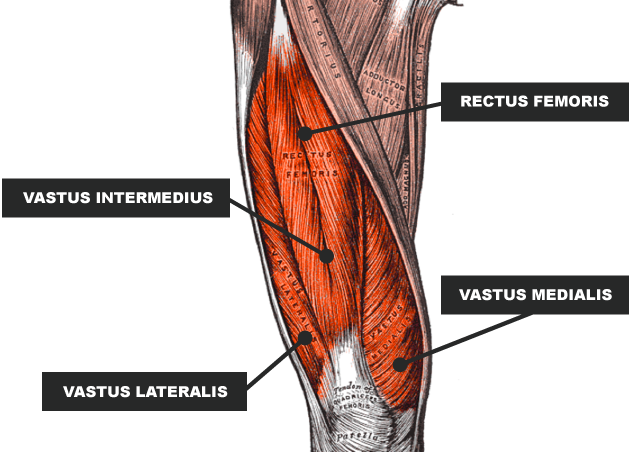In this post we discuss what to do if you’re bored with exercise and how paying attention can make exercise more interesting.

‘If you’re bored you’re not paying close enough attention.’
Whilst this quote is not directly related to exercise, it could so easily be.
Just as in life, when we get bored with exercise we tend to look around for the next shiny thing to keep us amused.
New exercises from Instagram or celebrity workout nonsense for example.
Real progress is made when we look deeper however.
Let’s look at a simple exercise like the leg extension and see how we can make it more interesting.
With every exercise you have the choice of focusing on internal factors such as muscles and joints, or external factors such as the distance and speed you’re moving.
Typically an internal focus is useful during rehabilitation, or when you’re trying to change how your body is performing a specific movement.
An external focus enables more efficient performance of an exercise, as you’re allowing your central nervous system to programme the movement without interference.
Internal focus on a leg extension machine
You don’t need to become an expert in anatomy, but it helps to know a little bit about what’s going on under your skin if you want to focus your attention internally.
If you learn nothing else, learn what’s probably a joint and what’s likely a muscle.
This is important if you’re trying to make a decision whether to stop an exercise or continue in the presence of discomfort.
If the sensation you feel is in a joint then always stop and reassess.
Most people know they’re working their quadricep muscles with this exercise, few perhaps know which muscles make up this group.

This can be useful if you’re trying to drive more activity towards a particular muscle in that group for rehab purposes. Or perhaps you only ever feel this exercise in one area of your thigh and wonder if you could alter that.
Experiment with directing your attention towards different quadricep muscles either by picturing them or touching them.
This has been shown to be effective in increasing electrical activity in the area and may increase the contribution from the muscle you’re focusing on.
External focus on a leg extension machine
In a previous post we discussed something called force control. This is your ability to produce a consistent level of force from a particular muscle or group of muscles.
Force control tends to deteriorate as we age and may be a precursor to age related loss of muscle (sarcopenia).
Moving slowly throughout the repetition and stopping at particular points in the range can help improve force control.
Try the following exercise on the leg extension machine.
Place small magnets or post it notes adjacent to the weight stack in the start position, end position and mid way point to give you both a target and visual feedback during the repetition.
As you lift the weight stack away from the start position, pause for a second at the half way point on the way up. When you get good at that, try the same thing on the way down.
Notice as you begin to fatigue you will have difficulty achieving the top position.
Now try moving a little quicker out of the start position to the midway way point. Pause there for a second and then move slowly towards the end position.
Playing around with the speed and the distance you move will illuminate positions of weakness and enable you to make focused improvements.
Summary
These are just two examples of both internal and external focus strategies to make existing exercises more effective and potentially more interesting.
If you’re bored with exercise try paying closer attention to either what you’re doing or what you’re feeling. Both can help